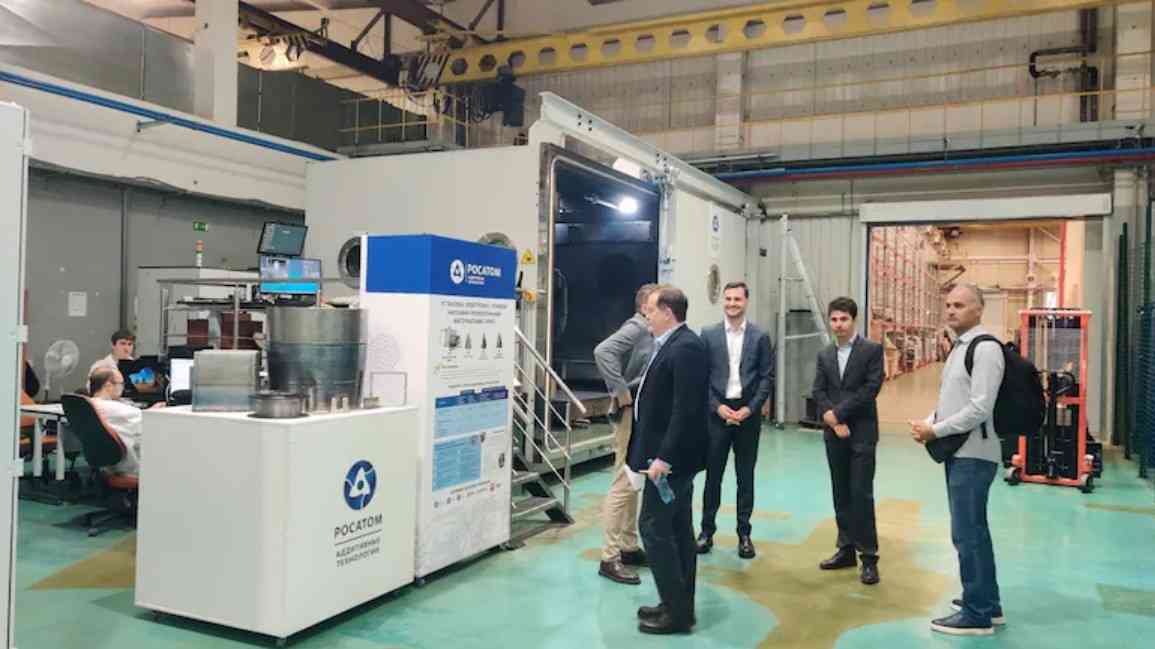Russia’s most advanced 3D printer is headed to India, marking a new era in high-tech manufacturing—from defence to space, and everything in between.
From Moscow With Metal: The 3D Printing Revolution
Inside Rosatom Additive Technologies in central Moscow, a quiet industrial revolution is unfolding.
At the centre of this transformation stands Russia’s largest electron beam 3D printer, capable of printing complex titanium parts for rockets, nuclear reactors, and more. It doesn’t just print—it welds, sculpts, and forges, using high-powered electron beams to turn metal wire into mission-critical components.
“These machines can print anything—except currency notes,” joked Ilya Vladimirovich Kavelashvili, Director of Additive Manufacturing at Rosatom.
India’s Big Leap: Russian Tech, Made in India
India is stepping into this cutting-edge space in a big way:
- Multi-year agreements worth approximately 1.5 billion roubles (~₹160 crore) have already been signed with Indian partners.
- One of Rosatom’s flagship 3D printers will soon be shipped to India, to an undisclosed location.
- The cost of this unit? Around ₹20 crore.
- Rosatom confirmed that future machines may be manufactured or assembled in India, under the ‘Make in India’ initiative.
“Soon, this technology will be ‘Made in India’, aligning with Prime Minister Modi’s call for localising high-tech manufacturing,” Kavelashvili added.
Why This 3D Printer Is a Game-Changer
Traditional Manufacturing:
- Subtractive: Cuts and grinds away material
- Slow and wasteful
- Limited to simpler designs
Additive Manufacturing (3D Printing):
- Builds parts layer by layer using titanium wire or powdered metals
- Faster prototyping (from months to days)
- Near-zero waste
- Allows creation of complex geometries impossible with conventional methods
Advanced methods like laser melting and electron beam melting make parts:
- Stronger
- More heat-resistant
- Less porous
- Ideal for space, aerospace, and nuclear uses
Strategic Significance: From Kudankulam to the Cosmos
India and Russia’s partnership in nuclear energy and defence tech is already well established, as seen in projects like:
- Kudankulam Nuclear Power Plant (built with Russian help)
- Potential ISRO use of 3D-printed components in future space missions
Now, this next-gen manufacturing collaboration marks a shift from transactional to transformational—signaling deeper tech and defence ties.
“In a world where currency is often metaphorical, Rosatom’s facility is printing something more valuable: trust, innovation, and the future.“



